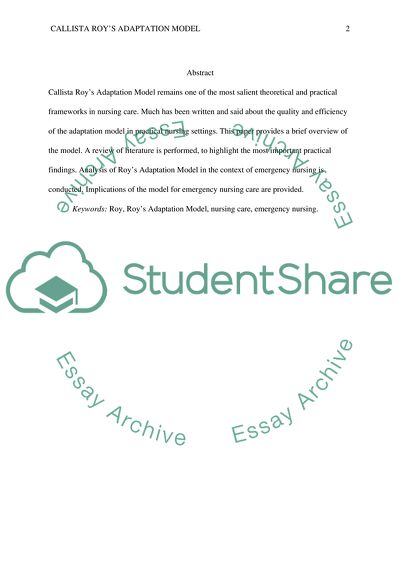Cite this document
(A detailed description of Calista Roy's Adapation theory of Nursing Research Paper, n.d.)
A detailed description of Calista Roy's Adapation theory of Nursing Research Paper. Retrieved from https://studentshare.org/nursing/1758809-a-detailed-description-of-calista-roys-adapation-theory-of-nursing
A detailed description of Calista Roy's Adapation theory of Nursing Research Paper. Retrieved from https://studentshare.org/nursing/1758809-a-detailed-description-of-calista-roys-adapation-theory-of-nursing
(A Detailed Description of Calista Roy'S Adapation Theory of Nursing Research Paper)
A Detailed Description of Calista Roy'S Adapation Theory of Nursing Research Paper. https://studentshare.org/nursing/1758809-a-detailed-description-of-calista-roys-adapation-theory-of-nursing.
A Detailed Description of Calista Roy'S Adapation Theory of Nursing Research Paper. https://studentshare.org/nursing/1758809-a-detailed-description-of-calista-roys-adapation-theory-of-nursing.
“A Detailed Description of Calista Roy'S Adapation Theory of Nursing Research Paper”. https://studentshare.org/nursing/1758809-a-detailed-description-of-calista-roys-adapation-theory-of-nursing.


